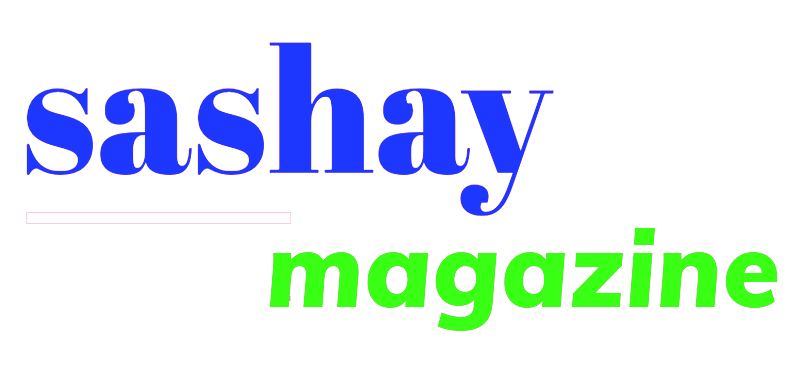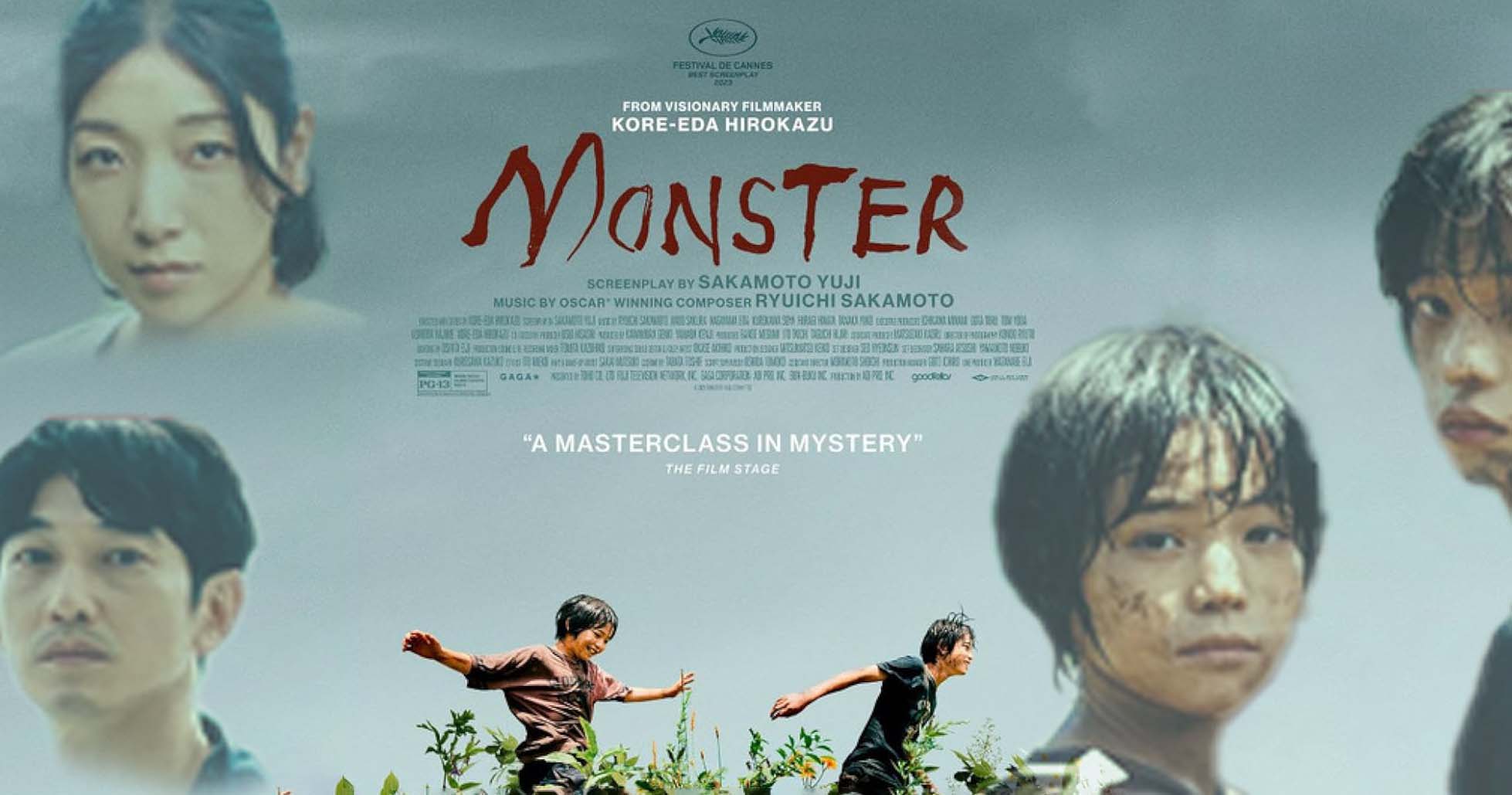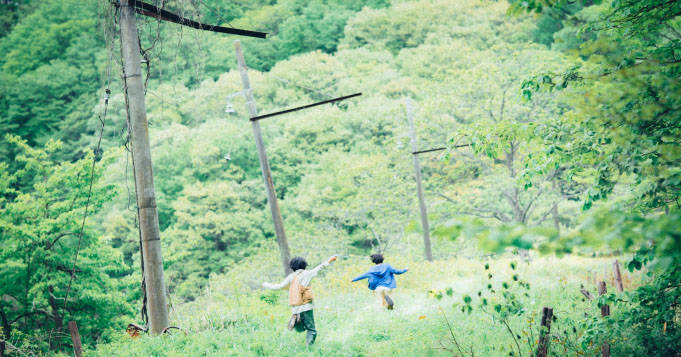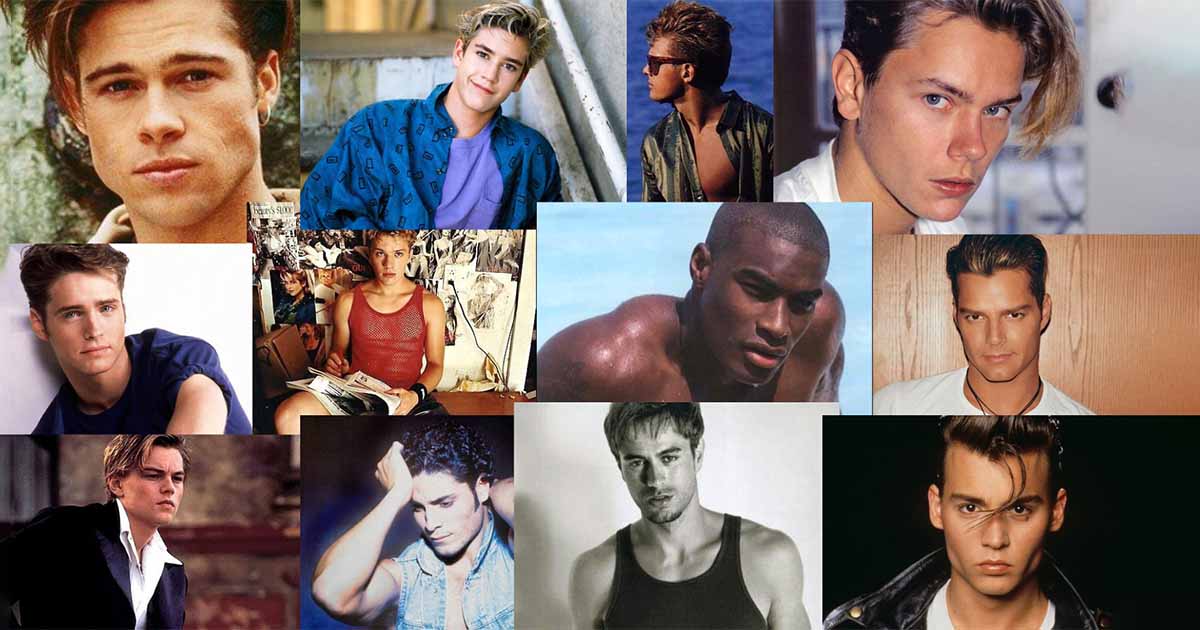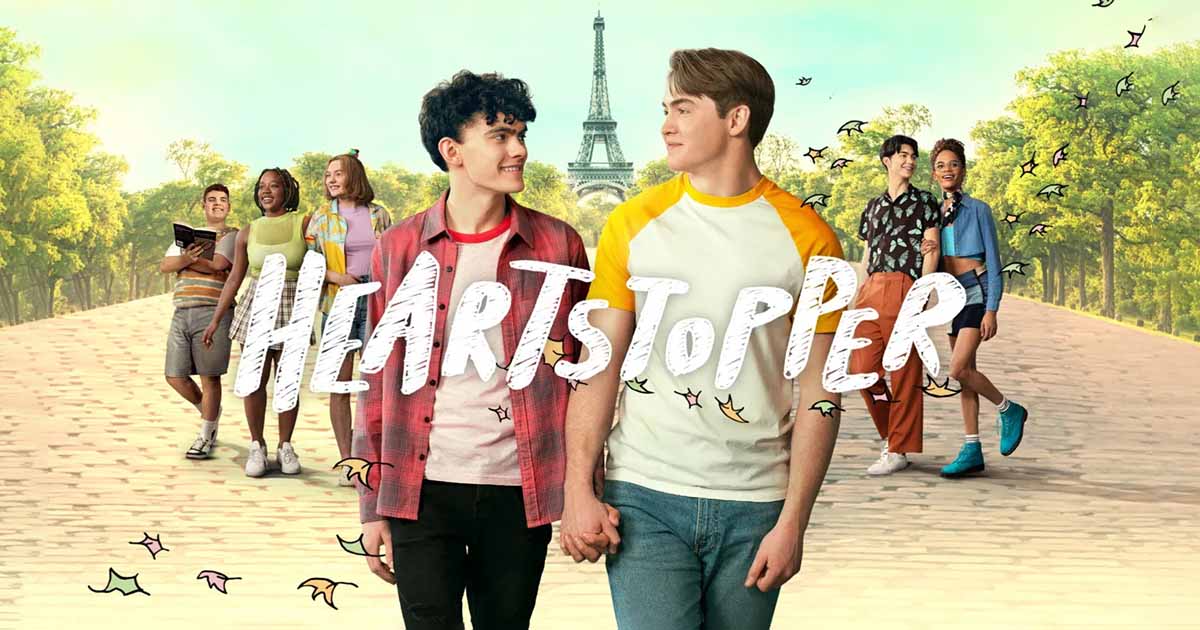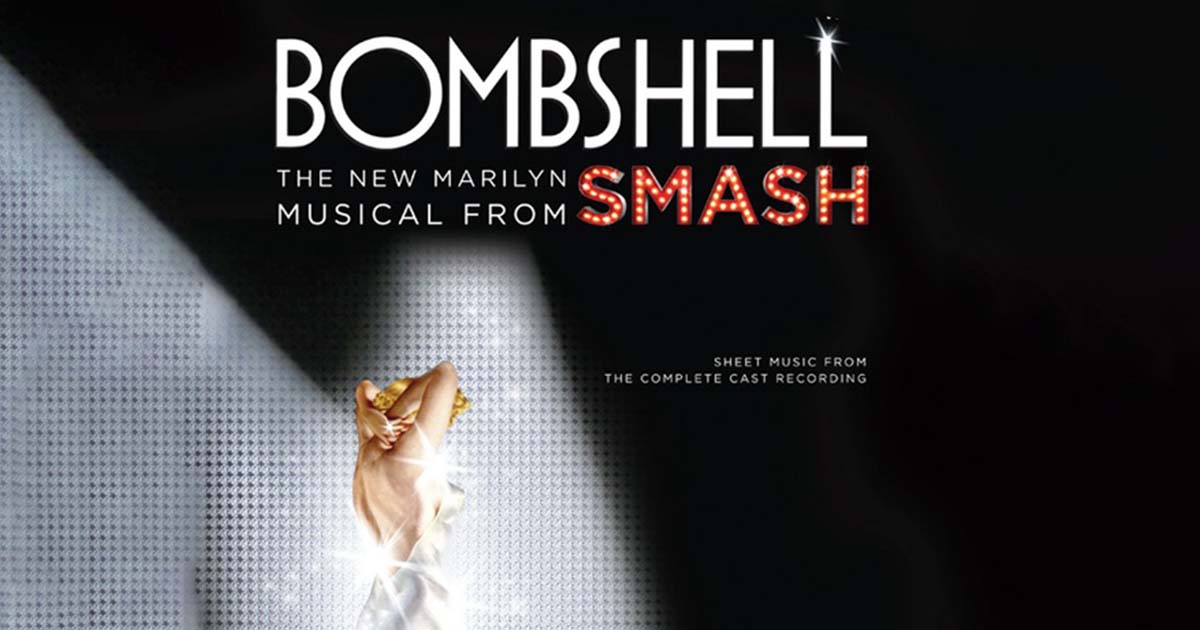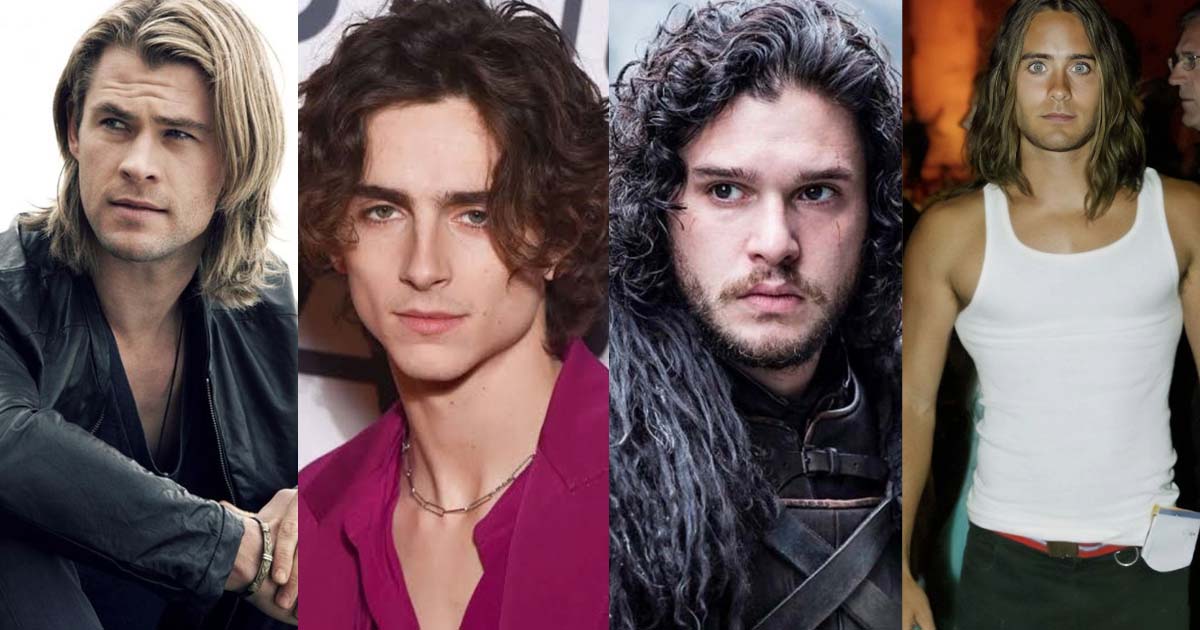Exploring Unexpected Twists and Queer Narratives at the Vancouver Film Festival
Imagine the electric buzz of the Vancouver International Film Festival. At this cinematic carnival, anticipation crackles in the air, and the promise of groundbreaking narratives lures film enthusiasts from all walks of life.
In this vibrant atmosphere, Hirokazu Kore-eda, the maestro behind the emotionally charged “Shoplifters,” took center stage, unleashing his latest creation, “Monster.”
It wasn’t just a film; it was a voyage into uncharted territory, a journey filled with unexpected twists, and a canvas that painted the complexities of human relationships.
The festival, akin to a bustling marketplace of stories, was the perfect playground for Kore-eda’s “Monster” to shine.
As the festival-goers gathered, each with their unique appetite for drama and intrigue, little did they know that what awaited them was not just a film but an experience—an exploration of familial intricacies, societal norms, and the unexplored realms of queer narratives.
Setting the Scene
Close your eyes, and let the scene unfold—amidst the urban sprawl, where the pulse of city life is both vibrant and unpredictable.
We find ourselves in the heart of the Suwa region in Nagano Prefecture, a place where the traditional and the modern collide in a harmonious dance.
It’s within this dynamic setting that “Monster” sets its stage, turning the ordinary into something extraordinary.
The camera opens on a mother and son duo, their apartment perched on the edge of the cityscape. The sun, a silent witness, casts long shadows as the two gaze out at a building consumed by flames.
The distant sirens pierce the air, a haunting symphony to the chaos unfolding across the street.
It’s a moment that becomes the crucible for the narrative, a catalyst for the emotional rollercoaster that “Monster” promises to be.
As we navigate the urban landscape, the buildings take on a life of their own—towering structures that bear witness to the complexities of human existence.
The city becomes a character in itself, with its hustle and bustle, its secrets whispered in alleyways, and its capacity to both shelter and expose the vulnerabilities of those within its grasp.
Within this concrete jungle, the narrative introduces us to a mother who, against the backdrop of the burning building, begins to unravel the disturbing changes in her son.
The juxtaposition of the fiery chaos and the mother’s quiet desperation sets the tone for the film’s exploration of the unpredictable and often tumultuous nature of life.
The Suwa region, with its blend of modernity and tradition, becomes a stage where personal and societal dramas play out.
From the fire-lit skyline to the shadows that dance across the city streets, every element becomes a storytelling device, drawing us into the heart of the characters’ lives.
In this moment of chaos and uncertainty, “Monster” beckons us to delve into a narrative that promises to be as unpredictable and intriguing as the urban landscape it unfolds against.
The Director’s Creative Leap
Now, let’s talk about Kore-eda’s daring move that had cinephiles buzzing with anticipation. In the world of filmmaking, directors often wield the pen and the camera, crafting their narratives from inception to execution.
But with “Monster,” Hirokazu Kore-eda took a bold creative leap, choosing to collaborate with the acclaimed Japanese television writer, Yuji Sakamoto.
This departure from his usual solitary role marked a seismic shift in Kore-eda’s approach.
Imagine your favorite solo artist suddenly teaming up with a visionary producer—the result is a harmonious blend of distinct talents.
Sakamoto brought his storytelling finesse to the table, injecting a fresh perspective into the narrative without diluting Kore-eda’s directorial prowess.
The decision to relinquish the pen doesn’t diminish Kore-eda’s signature touch but elevates it.
The collaboration becomes a dance of minds, a fusion of Kore-eda’s visual mastery with Sakamoto’s narrative depth.
It’s like witnessing a dynamic duo in action, each contributing their strengths to create a cinematic symphony that resonates with the audience.
As the narrative unfolds, the audience is treated to a seamless fusion of Kore-eda’s knack for capturing human emotions and Sakamoto’s storytelling finesse.
The script becomes a canvas where both artists paint with words and visuals, creating a narrative tapestry that is rich, intricate, and emotionally resonant.
This creative leap not only showcases Kore-eda’s openness to experimentation but also serves as a testament to the collaborative nature of storytelling.
It’s a reminder that sometimes, magic happens when creative minds collide, pushing the boundaries of what cinema can achieve.
In “Monster,” the director’s decision to embrace collaboration becomes not just a footnote but a defining element that adds depth to the film’s narrative landscape.
Unveiling the Narrative Tapestry
In the heart of “Monster,” the narrative unfurls like a tightly woven tapestry, with the first stitch placed by the unsettling behavior of Minato, a young boy navigating the labyrinth of childhood.
As the film delicately peels back the layers, Minato’s mother senses the dissonance, an instinctive chord echoing that something isn’t right.
The journey begins as the ordinary transforms into the extraordinary. Minato’s peculiar behavior becomes the thread that, once pulled, unravels a complex tapestry of deception and hidden truths.
The mother, a fierce guardian of her son’s well-being, embarks on a quest for answers, tracing the disquiet to an unexpected source—the very institution tasked with nurturing young minds.
The revelation that a teacher is entangled in the web of Minato’s transformation becomes the catalyst for a storm.
The mother, fueled by concern and a motherly instinct in overdrive, storms into the school like a tempest demanding answers.
The very foundations of trust and security are shaken as she confronts the teacher, demanding transparency in a situation clouded by uncertainty.
But “Monster” isn’t content with a one-sided revelation.
The narrative takes a daring leap, presenting the story through the kaleidoscopic perspectives of the mother, the teacher, and the child.
It’s as if we’re handed three distinct lenses, each revealing fragments of the truth.
The film becomes a dance of perspectives, a choreography of revelations that paint a complete picture only when viewed from all angles.
Through the lens of the mother, we witness the desperation and determination to shield her son from harm.
The teacher’s perspective offers a nuanced understanding, unveiling the complexities that often lurk beneath the surface of seemingly ordinary lives.
And then, there’s the child’s gaze, innocent yet harboring secrets that shape the narrative’s core.
As the story unfolds, the threads of deception are gradually unraveled, exposing a truth that transcends the initial facade of normalcy.
It’s a testament to the film’s narrative prowess—the ability to weave a tale that keeps the audience on the edge, inviting them to piece together the puzzle alongside the characters.
In this intricate dance of perspectives, “Monster” challenges us to question our assumptions, transcending the simplicity of right and wrong.
The truth emerges not as a singular entity but as a mosaic, with each viewpoint contributing to a richer, more nuanced understanding of the complexities that define our human experiences.
Personal Reflections
So, imagine you’re in the theater, right? “Monster” is playing, and you’re settling into that cozy cinematic vibe.
The first and second acts roll in, and it’s like a comfy reunion with Kore-eda’s storytelling magic.
It’s that feeling when you catch up with a friend you haven’t seen in a while—familiar, warm, and comforting.
And then, BAM! Third act hits, and you’re like, “Wait, what just happened?” It’s like Kore-eda decided to throw a curveball that none of us saw coming.
The movie takes this unexpected turn into a queer storyline with two kids. It’s like going from a cozy catch-up with a friend to suddenly finding yourself in the middle of a wild, unpredictable adventure.
So, the lights come on, and you’re left with this whirlwind of emotions. I mean, we’ve got the comfort of the familiar mixed with this daring leap into uncharted territory.
Conversations start buzzing around the theater, right? Some folks are vibing with the bold move, appreciating the film’s guts to break norms.
Others are scratching their heads, wondering if they missed the memo on where the story was headed.
Chatting with your movie buddies, it’s like everyone’s got a different take on it.
Some are giving the film a high-five for challenging the status quo, and others are side-eyeing the whole thing, not quite sure what to make of the unexpected twist.
And it doesn’t stop there. “Monster” becomes this topic that spills out of the theater into everyday convos.
It’s not just about the film; it’s about your own ideas, biases, and how you navigate those tricky waters of storytelling and societal expectations.
The movie becomes this mirror, reflecting not just the characters on screen but the stuff we carry with us into the theater.
As the lights dim and you’re left with your thoughts, “Monster” lingers, not just as a film you watched but as this unexpected journey.
It’s like Kore-eda invited you on this emotional rollercoaster, and you’re still catching your breath, trying to make sense of the wild ride.
And that, my friend, is the beauty of “Monster.” It’s not just a movie; it’s a conversation starter, a journey, and a reminder that cinema can shake things up, challenge your thinking, and take you on unexpected rides.
Critical Acclaim
“Monster” wasn’t just a sensation at the Vancouver Film Festival; it made waves at the 76th Cannes Film Festival, competing for the Palme d’Or and earning accolades like the Queer Palm and Best Screenplay. Ryuichi Sakamoto’s haunting score added an extra layer of emotion, marking a poignant end to his illustrious career.
Conclusion
In the ever-evolving landscape of Japanese cinema, “Monster” stands as a testament to Kore-eda’s willingness to push boundaries.
While the unexpected narrative twist may have divided opinions, it serves as a catalyst for essential conversations about representation and the role of cinema in challenging societal norms.
Exiting the Vancouver thearer, the lights coming up, “Monster” lingered in the collective consciousness—a film that invites contemplation, discussion, and a deeper exploration of the intricacies of storytelling.
You can Stream it on MUBI!
My Policeman Book and movie. More than Harry Styles’s Butt. My Policeman is now available to stream on Amazon Prime Video, starring Harry Styles, Emma Corrin and David Dawson.
But is it worth your time? This post will give you an in-depth look at the film, breaking down its performances, plot, and overall impact. Whether you’re a die-hard Harry Styles fan or just looking for your next streaming pick, I’ll help you decide if “My Policeman” is worth your time. Read the article here, click on the link: Harry Styles Portrays a Gay Man in the Film “My Policeman”
